While we salute those hardy riders who continue to press their motorcycle into service through the winter months, there are many other bike owners who prefer to put their motorbike into storage and bring it out again when the salt spreaders have gone and the sunshine has returned. However, storing a motorcycle isn’t simply a matter of opening a door to a shed, garage or, even, the hallway to the family home, wheeling in the bike and forgetting about it for months on end.
There are tried and tested steps and tips for storing a motorcycle that, when followed, will mean a bike remains in good condition and emerges from storage in rude health. Given that a healthy bike means a happy rider, it’s worth following the practical advice to ensure your motorcycle is correctly stored over winter.
And if you’re looking for our guide to storing a car, check out this advice piece with tips from storage professionals.

Choosing the best place to store a motorcycle
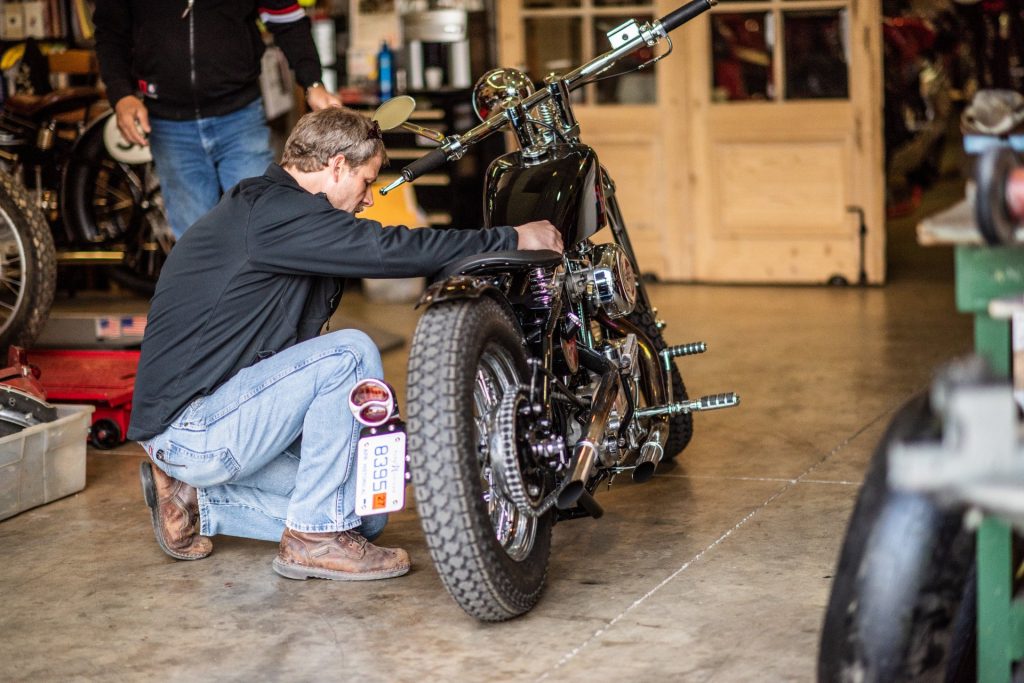
Where you store your motorbike depends upon whether your bike is going to be happiest and healthiest spending winter in a garage or outbuilding, or your hallway or conservatory.
Because the first thing to think about is the condition and environment of where it’s going to be laid up. A kitchen, hall, dining room or dining room may seem like a good idea but the bike will only end up getting in the way or be brushed against.
A cool, dry, well-ventilated garage or outbuilding – a shed to you and me – makes the most sense. If it’s a shed, hopefully you forewent an afternoon of summer Sunday riding in favour of fixing the roof while the sun was shining. Because a leaking roof makes for a damp environment as the wooden structure will excel at holding moisture.
Mild winter damp is the bike destroyer. And many diehard classic enthusiasts still believe the best place for precious decades-old metal is in the space the family usually occupies. If you have a garage, make sure it’s ventilated or you seal it up and invest in a dehumidifier to control the environment and keep the relative humidity level at around 55 per cent, which will help limit the effects of corrosion.
If it has to be stored outside, see whether you can build a lean-to to provide shelter from the worst of the weather, and invest in an outdoor bike cover that is both waterproof and breathable. It will keep the weather and bird droppings at bay. A final alternative is to leave the bike with a storage specialist, but that will be the expensive route.
Clean it before storing it
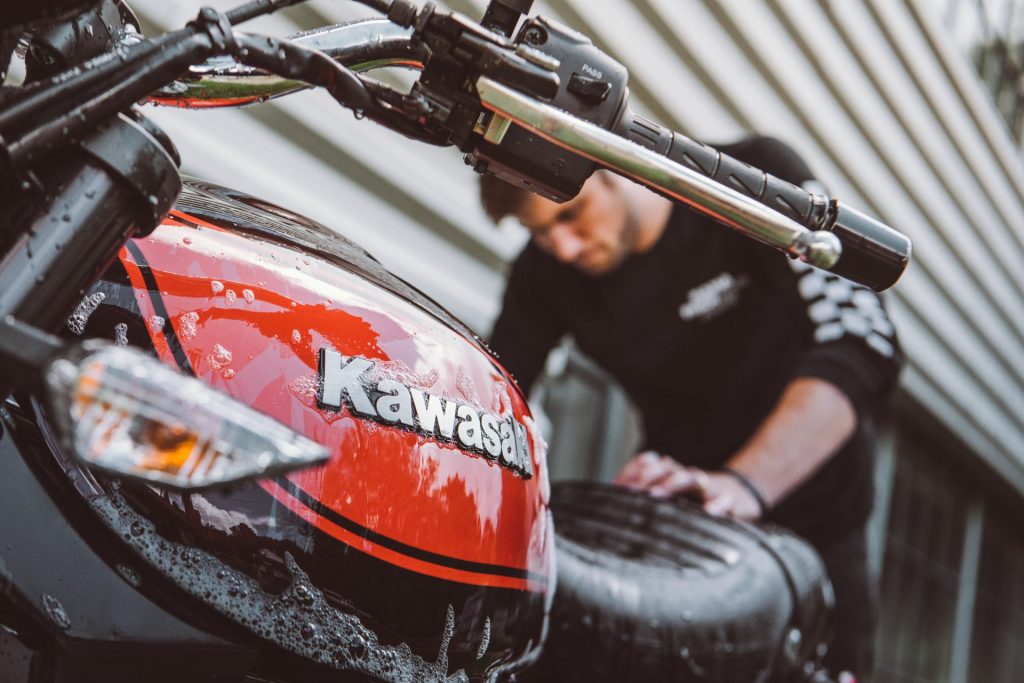
When you decide the time has come to take your bike off the road and store it over winter, clean it. Accumulated dirt, primarily of the mud-kind, often harbouring damp, is a bike killer. It won’t happen to yours? Yes it will. Wash it, make sure any drain holes are clear of debris, dry it, leave it out in the sun, run it to get it warm, even take a hair dryer to it. Make sure it’s bone dry when it’s put away. And if you’re into mid-winter rides, then don’t leave it dirty for a moment. Salt plus dirt causes immediate commencement of corrosion. And by putting a bike away when it’s clean, you’ll easily be able to see if it develops any leaks.
Should you fill the petrol tank?
To fill or not to fill. Modern-day petrol can be a right old witches’ brew. It can damage original plastics and rubber in the fuel system of some classic bikes, although modern replacement parts are more resilient. Consider draining the system, but be mindful that topping up the tank will stave off rust inside although you may need to drain it and dispose of it if it spends more than a few months unused.
Fluids
It’s a bit Storage Extremist, but some will recommend draining all fluids – engine oil and hydraulic. Whether you choose to depends on the machine. Some are always going to let leaks in or out of the system. It’ll be obvious, though, through the appearance of gunge in oil or bubbles in hydraulic fluid.
Lubrication
Targeted blasts of WD40, drops of lubricant or similar to moving part joints help avoid stuff sticking, although older springy-type parts might benefit from being unhooked or loosened. We’re talking everything from brake actuating parts to cables and locks and hinges. And don’t forget to clean the chain and lubricate it before storing your bike.
Make time to shine
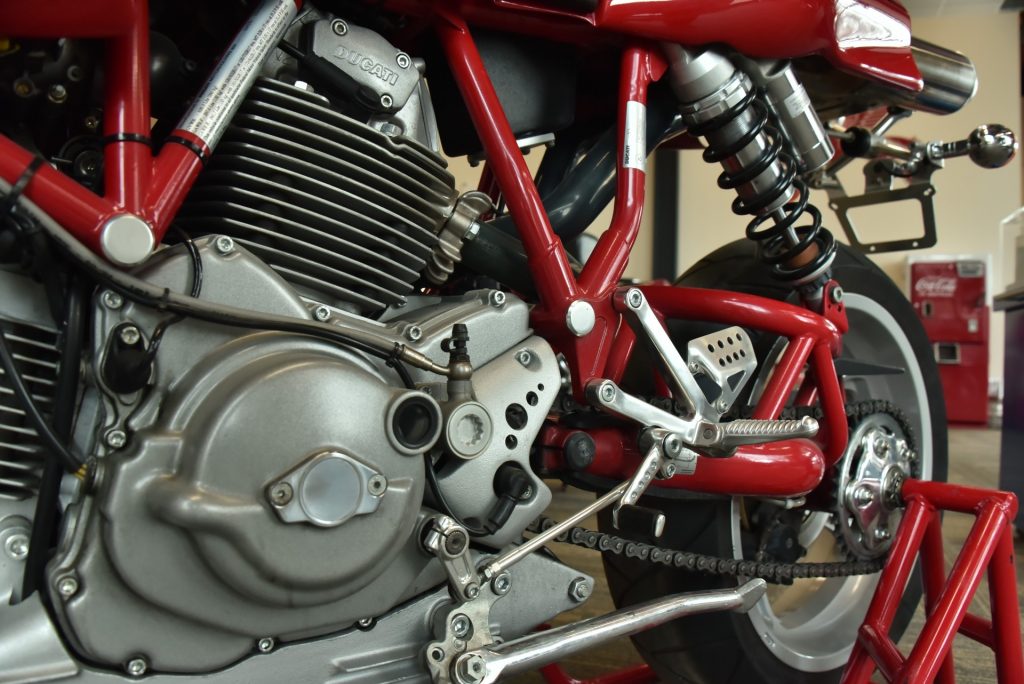
Shiny bits don’t like winter. Original chrome is priceless. Pattern chrome can be either modern-day resilient (we call it plastic), or rust in a heartbeat. Avoiding brake discs, spray any bits that can corrode with a specialist preservation product. Watch out for the fluffy stuff that starts to settle on aluminium and alloys. Kill it off with a clean before it starts to eat into the lacquer.
Paddock stands and tyres
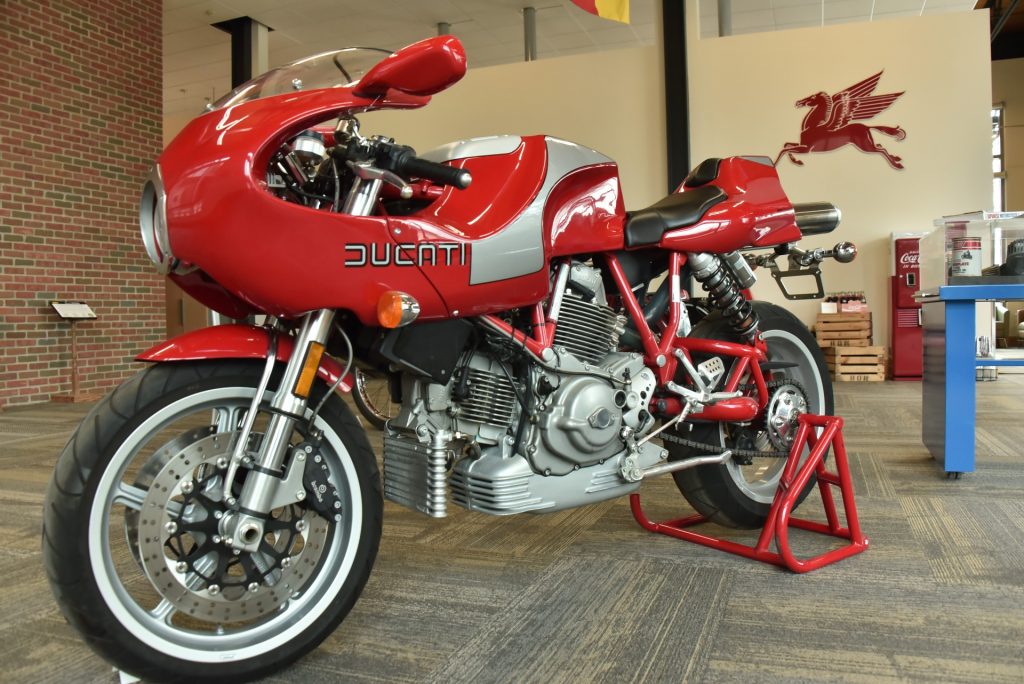
Don’t just leave a motorbike immobile. Things happen you won’t discover until you’re a hundred yards into your first spring-time ride. Over-inflate tyres to protect their shape, and move your bike regularly so that it sits on different areas of the tyre over time. Better still, lift the motorbike off the ground, taking weight off the tyres, using paddock stands. These cost from about £30 and provide a stable perch for a bike – as opposed to balancing it on an old tool chest and a few logs.
Batteries chargers
While some bike owners like to remove the battery from their motorcycle, many more will invest in a trickle charger to ensure that the battery is kept in good health. However, classic bikes harbour gremlins. You’ll know your bike’s foibles, especially early high-tech Japanese machines with lots of moody electrical systems. So make sure that any charger is suitable for your ride.
Prevent mice and rodents from living in your motorcycle
Creatures find silencers comfortable places to be, and some air filters make great winter residences for rodents. If there’s a nook or a cranny that’ll be attractive as housing, then seal it. And watch out for hibernating queen wasps. Some say the best way to seal a motorbike is to use plastic coverings and cable ties to ensure they remain in place, given rodents are likely to find old rags positively homely. The alternative is to place traps or bait.
Run the bike up to temperature over winter
Your bike shouldn’t be put away and forgotten. Start it every couple of weeks and properly warm it through, ensuring there’s no residents in the silencers. If you have the luxury of a drive or private lane, then run it up and down.
Odd jobs
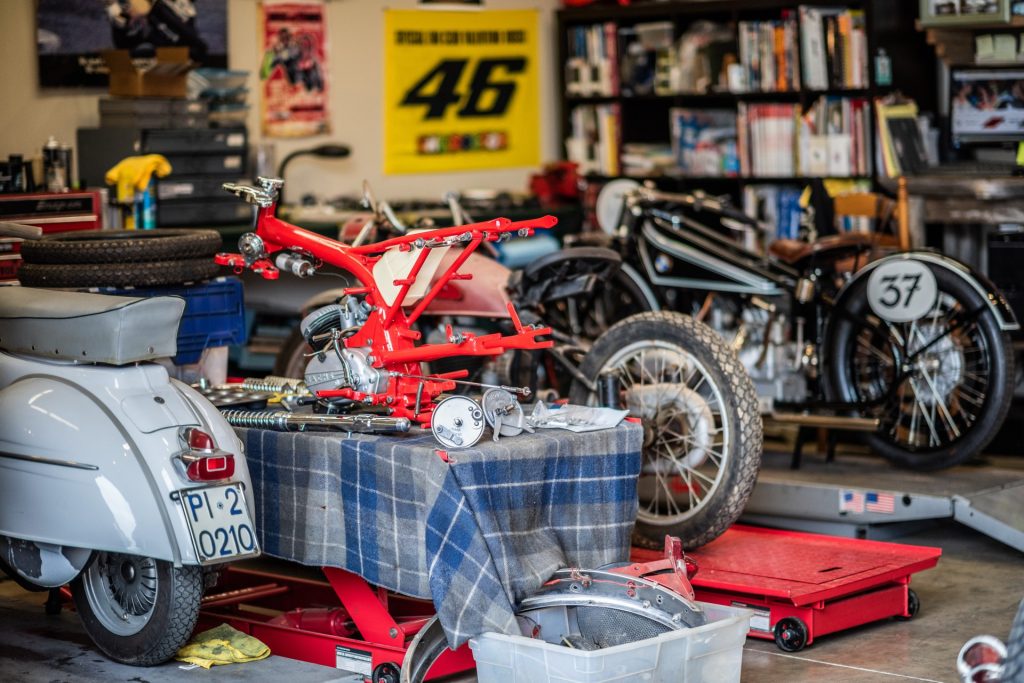
You’re not riding, so what excuse do you have now for not finding the time to tend to the odd jobs that you’ve been meaning to gear around to over the summer? Use the winter time to service, repair or just plain pamper your motorcycle. Just like Kyle Smith does with his bikes.
And finally… Bringing the bike out of storage
When you pull the cover off next spring and your bike emerges from storage, check it from end to end, and top up and adjust: things leak, evaporate, stick, relax and stretch.
There. Follow that advice and you’ll know your bike will be ready to roll in the spring. The only issue might be whether your biking-only muscles will be quite so ready for the first swing of the leg after being out of the saddle for so long.









